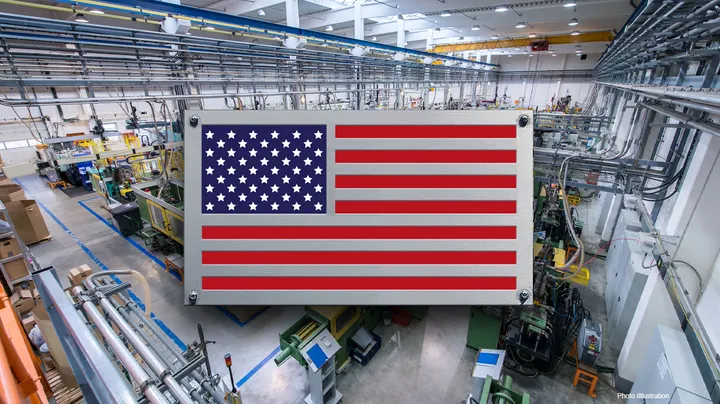As the manufacturing companies in the United States continue to seek ways to streamline operations and bolster their competitiveness, automation emerges as a potent tool, particularly in the realm of Mill Test Reports (MTRs). Here’s a closer look at how automating MTRs can be a transformative move for manufacturers across the country.
Understanding Mill Test Reports
A Mill Test Report is a quality assurance document used in the metals industry that certifies a material’s compliance with the appropriate ASTM and ASME standards, as well as detailing its chemical and physical properties. Traditionally, these reports have been handled manually, making the process time-consuming and susceptible to errors.
The Need for Automation
As the manufacturing sector grapples with increasing complexity and regulatory requirements, the limitations of manual handling have become glaringly apparent. Paper-based documentation is not only vulnerable to loss and damage but also to data entry errors that can lead to significant compliance issues and operational delays. Moreover, the manual process can be incredibly slow, impacting turnaround times for projects relying on timely material verification.
Benefits of Automating MTRs
Increased Efficiency: Automated systems reduce the time needed to generate, retrieve, and share MTRs. This increase in efficiency can significantly speed up both project timelines and material verification processes, leading to faster overall production cycles.
Enhanced Accuracy: Automation minimizes human error by using digital tools to capture and manage data. This ensures that the information in MTRs is accurate and reliable, which is crucial for maintaining compliance with industry standards and regulations.
Improved Traceability: Digital MTRs can be integrated with other systems such as ERP (Enterprise Resource Planning) or SCM (Supply Chain Management), allowing for enhanced traceability of materials throughout the supply chain. This is particularly important for industries where material certification is critical, such as aerospace and automotive.
Cost Reduction: While the initial setup cost for automation may be significant, the long-term savings are substantial. Automated systems reduce the labor hours needed to create, manage, and store MTRs and decrease the risks associated with non-compliance and production delays.
Better Data Security and Compliance: Digital systems offer better control over data security, with advanced encryption and access controls. They also simplify compliance with industry regulations, such as those mandated by ISO, by providing audit trails and standardized reporting.
Implementation Strategies
The transition to automated MTR handling should be strategic to ensure minimal disruption and maximum return on investment. Here are some steps manufacturers can consider:
Assess Current Processes: Understanding existing workflows and identifying bottlenecks are crucial in determining how automation can best be implemented.
Choose the Right Software: Select software that integrates seamlessly with existing systems and meets the specific needs of the business. Features to look for include user-friendliness, scalability, and robust data security measures.
Train Staff: Ensure that staff are adequately trained on the new system. This not only includes how to use the software but also understanding the importance of data accuracy and integrity.
Monitor and Optimize: After implementation, continuously monitor the system’s performance and make adjustments as needed. This iterative process helps maximize the efficiency and effectiveness of automated MTR handling.
The automation of Mill Test Reports represents a significant step forward for the manufacturing sector in the USA. By reducing manual errors, enhancing efficiency, and improving compliance, automation not only supports the operational needs of manufacturers but also drives broader industry advancements. As the sector continues to innovate, embracing such technologies will be pivotal in maintaining a competitive edge in an increasingly complex global market.



